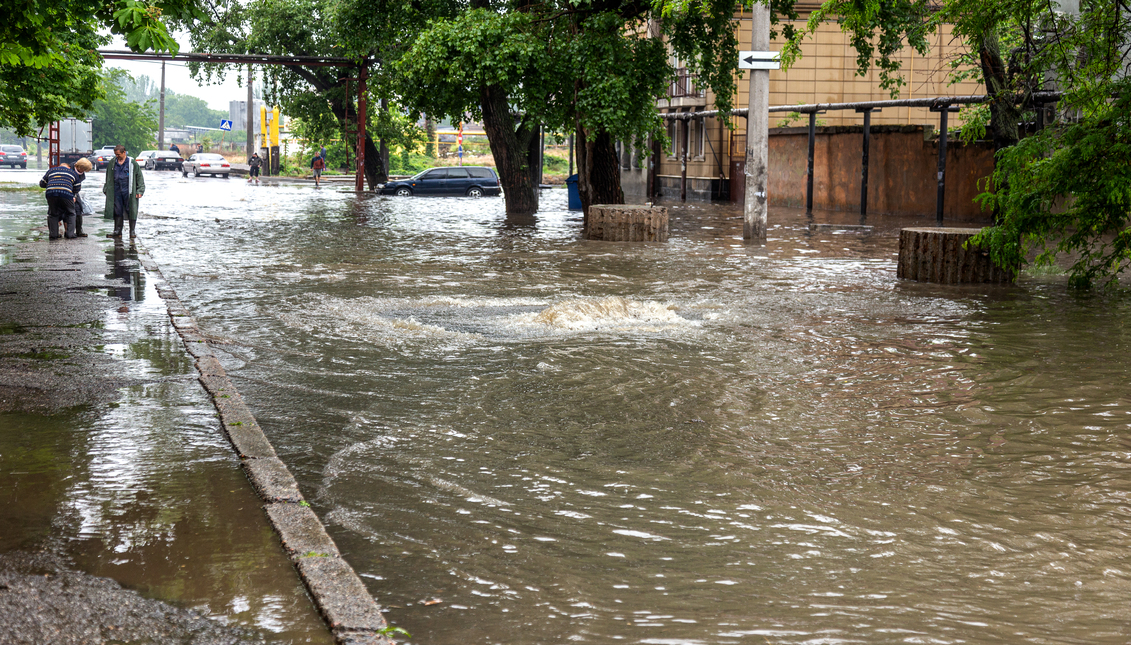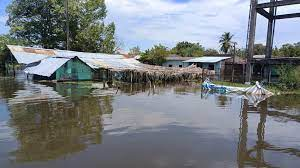Exploring the Advantages and Disadvantages of Using the Internet as a News Source
1. What are your news sources? mention some advantages and disadvantages.
I use social media and online sources, such as blogs and podcasts, because they offer a wider range of perspectives and voices, and are more accessible and convenient than traditional sources. However, they can lack credibility and accuracy, and their content can be misleading or false.
There are several advantages to using the internet as a news source:
- Accessibility: The internet provides easy access to a vast amount of news content from around the world. Users can quickly browse and access news articles, videos, and podcasts from various sources.
- Timeliness: Online news sources can provide real-time updates on breaking news and unfolding events. News websites and social media platforms often publish news stories as they happen, allowing users to stay informed about the latest developments.
- Variety of perspectives: The internet offers a wide range of news sources with diverse viewpoints and opinions. Users can explore multiple sources to get a more comprehensive understanding of a particular topic or event.
- Multimedia content: Online news sources often include multimedia elements such as images, videos, and interactive graphics, enhancing the storytelling experience and providing a more engaging way to consume news.
- Customization and personalization: Many news websites and apps allow users to personalize their news feeds based on their interests and preferences. Users can choose specific topics or follow particular journalists or publications, creating a tailored news experience.
Despite its advantages, there are also some potential disadvantages to consider when using the internet as a news source:
- Credibility and reliability: Not all online news sources adhere to the same standards of journalistic integrity. Some websites may publish misinformation, biased content, or unverified reports. Users need to exercise critical thinking and verify information from reputable sources.
- Information overload: With the abundance of news sources and constant stream of information, it can be overwhelming to filter through the vast amount of content available online. Users may struggle to distinguish reliable news from rumors or sensationalized stories.
- Echo chambers and confirmation bias: Online platforms often use algorithms to personalize content based on users' preferences, potentially leading to the creation of echo chambers. Users may be exposed only to information that aligns with their existing beliefs, reinforcing confirmation bias and limiting exposure to diverse perspectives.
- Privacy and security concerns: Online news consumption may involve sharing personal data or being exposed to targeted advertising. Users need to be mindful of privacy settings, potential data breaches, and the credibility of websites requesting personal information.
- Digital divide: Access to the internet and reliable news sources can be limited in certain regions or among socio-economic groups, creating disparities in access to information and news literacy.
2. Look for news reports and use the reported speech. (sugerencia identifiquen las que usan comillas.) 8 reportes
- According to the UNGRD, some 416,000 people are affected by the excessive rains caused by weather phenomenon “La Niña” [1].
- The National Unit for Disaster Risk Management (UNGRD) reported that 30,000 people were evacuated after floods in Putumayo Department in 2018[2].
- The UK government advises travelers to seek local advice before traveling on mountain roads after heavy rains due to the risk of floods and landslides[3].
- Colombia has one of the highest rates of disasters caused by natural and climate-induced hazards in the Latin America and Caribbean region, according to ReliefWeb[4].
- Bogotá has a system to report different types of emergencies, including natural disasters, according to a report by PreventionWeb[5].
- The National Disaster Risk Management Unit (UNGRD) informed that the works being executed in the dam, in the Cara de Gato sector, have not been sufficient to prevent floods in Colombia[6].
Citations:
[1] https://colombiareports.com/colombia-declares-natural-disaster-in-response-to-excessive-rainfall/
[2] https://floodlist.com/america/colombia-floods-putumayo-august-2018
[3] https://www.gov.uk/foreign-travel-advice/colombia/natural-disasters
[4] https://reliefweb.int/report/colombia/resilience-disaster-risk-and-climate-change-colombia
[5] https://www.preventionweb.net/files/65728_nayibejimnezprezestimationofdamages.pdf
[6] https://reliefweb.int/report/colombia/colombia-floods-operation-update-no-2-dref-no-mdrco021-19-december-2022







Comentarios
Publicar un comentario